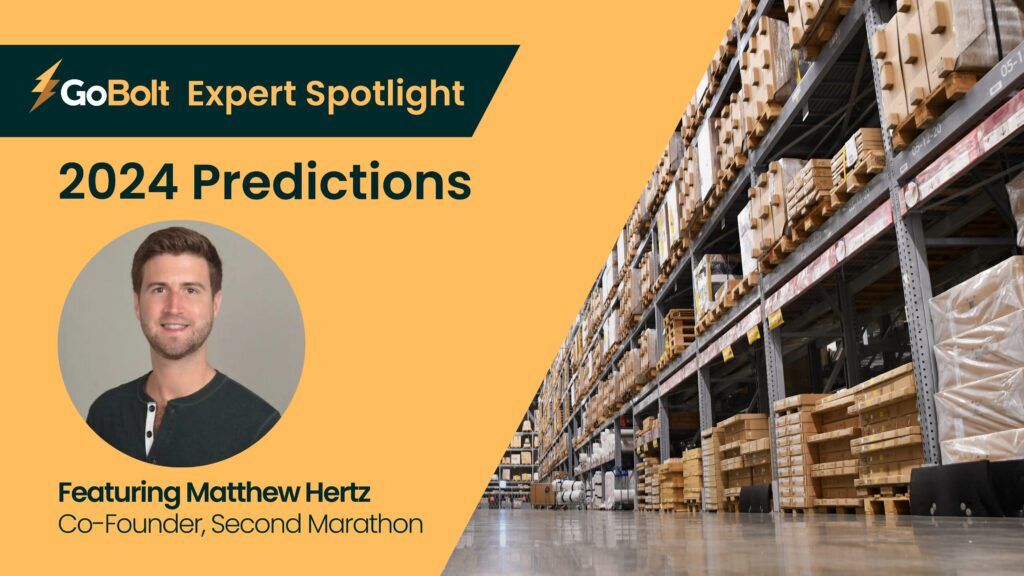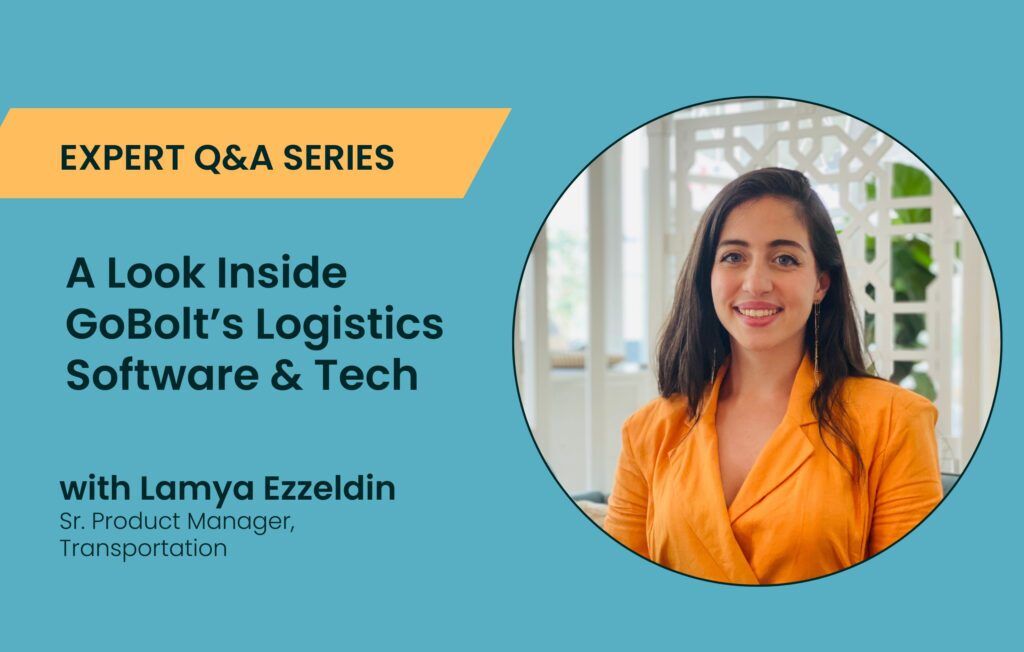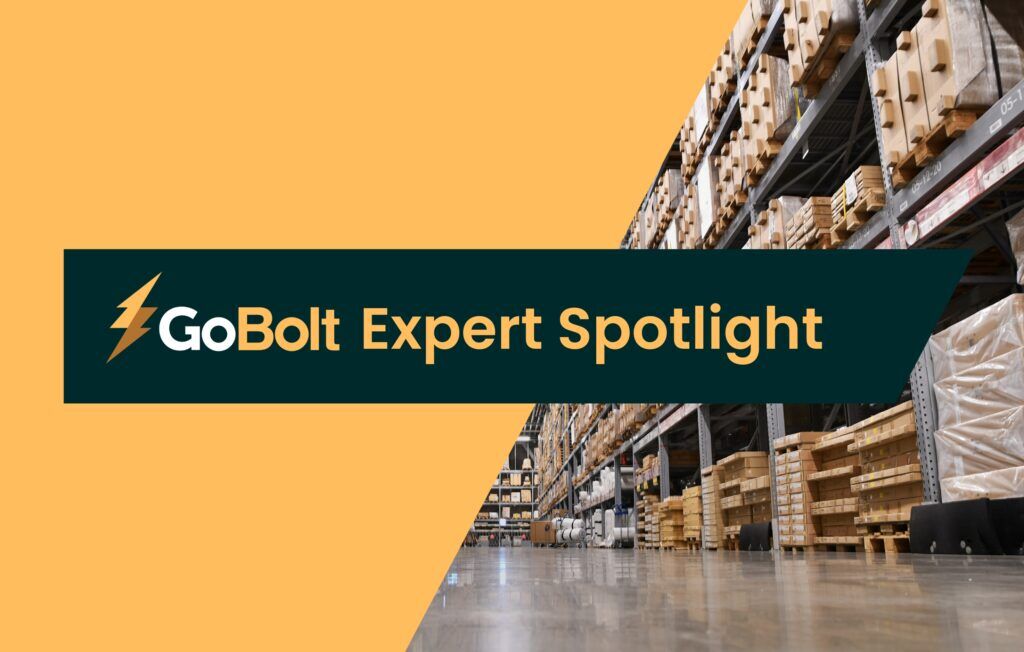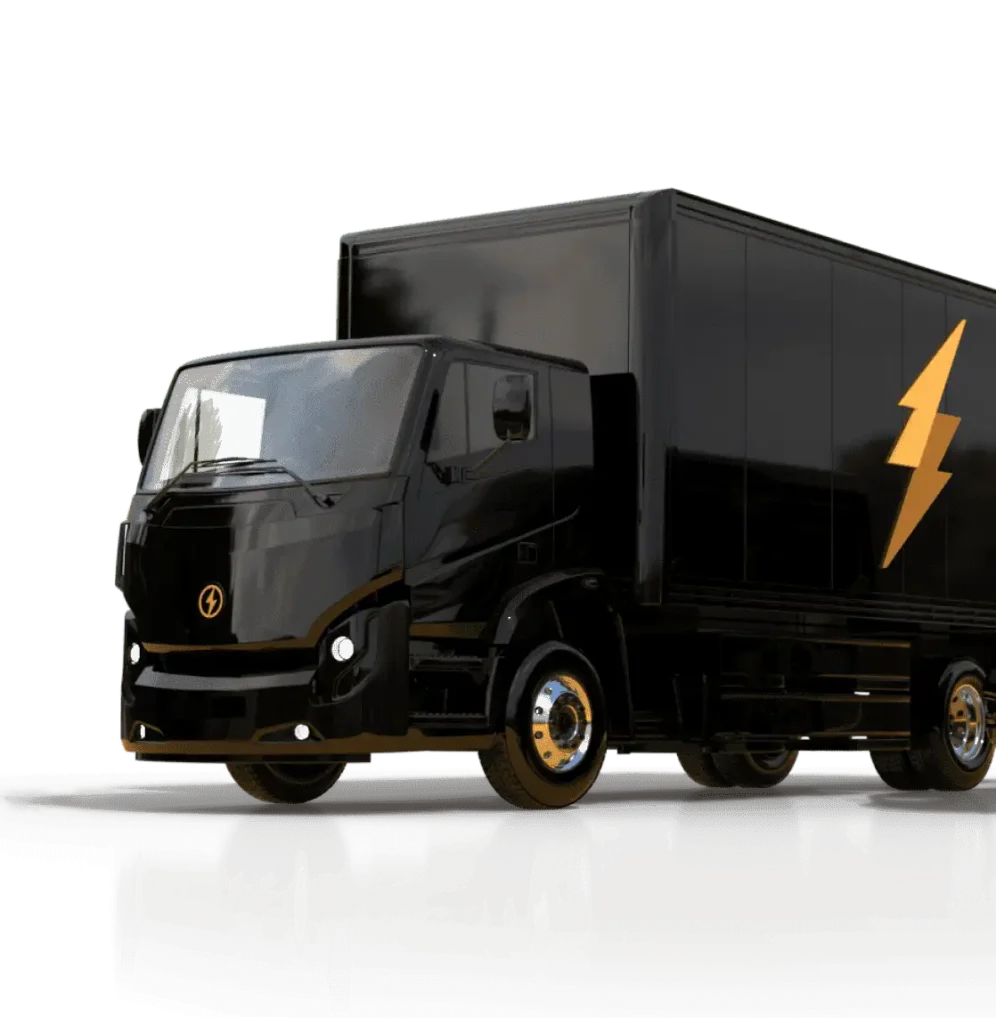The challenges and opportunities logistics and ecommerce leaders face will continue to evolve. As we kick off 2024, we speak with Matt Hertz, Co-Founder of Second Marathon, to discuss ecommerce predictions and the hurdles and opportunities brands and 3PLs may face in the coming year.
From the unpredictability of ecommerce demand, brands embracing sustainability, and the strategic management of returns and inventory, Matt provides a comprehensive outlook on the logistical complexities ahead for brands and 3PLs alike.
What logistics challenges will brands face in the New Year?
MH: The primary logistical challenge in the New Year, and I say this somewhat tongue in cheek, is that we don’t know what’s on our 2024 Bingo card. No one came into 2020 prepared for what was to come. Then in 2021 and 2022 we couldn’t have been prepared for the softness in the market after peak growth in ecommerce.
Thinking tactically about what’s coming in Q1, returns will be a huge challenge for brands but also an opportunity for brands that have the appropriate infrastructure in place to handle a large influx in returned inventory.
Managing inventory will remain a key challenge and opportunity for brands throughout 2024. And that’s in terms of deciding what inventory, and how much, to buy, what to do with returned items, and how inventory is managed across different sales channels including a brand’s direct Shopify store, and the Amazon, Target, Walmart, and other wholesale channels they sell into. Forecasting is difficult given that brands have significant lead time to place orders, move that product to the warehouse, merchandise the product on their website, and ship it out. The challenge is compounded by the volatility of today’s markets.
Do you see signs that brand and shopper expectations are evolving as it relates to fulfillment, shipping, and delivery? If so, what should 3PLs prioritize or keep top of mind?
MH: A brand’s speed to customer will continue to be important. It’s becoming increasingly difficult for consumers to accept receiving a delivery in three, four, or even seven days. The second thing brands need to focus on is managing their multi-channel inventory. This is critical and the brands I find having the most success are those selling across different channels. Commerce is no longer single-channel. Commerce is everything. It’s everywhere. It’s selling through a direct Shopify website or on Amazon, Costco, Target, and Walmart. You might have your own brick-and-mortar boutique on Main Street, but it’s critical for brands to optimize for where their customers are to ensure they’re always top of mind and maintain that sale.
How do you see brands and their shoppers prioritizing sustainability in 2024?
MH: Sustainability is something that’s increasingly on the minds of shoppers. I think we have younger generations to thank for this growing trend, but we have a long way to go. The industry is progressing, but sustainability still isn’t a mainstream practice for a lot of providers, brands, and shoppers.
We are progressing though. In 2023, we worked with several brands looking to optimize their packaging and reduce waste by minimizing box sizes or streamlining their packaging processes. We worked with a footwear brand that traditionally placed their shoeboxes within a larger corrugated box. Today, they are exploring ways to transition to a single-box solution. While the primary goal is environmental responsibility, there are also cost implications, allowing for the elimination of an extra box and reduced labor fulfillment costs. This approach is a win-win scenario, demonstrating to brands and 3PLs how they can simultaneously cut costs, contribute to sustainability efforts, and potentially achieve a cost-neutral or even cost-favorable outcome.
Any ecommerce predictions or emerging trends in logistics that could bring positive change? Or any trends that might be concerning for brands and shoppers?
MH: I continue to believe returns are a huge source of friction for brands and the 3PLs who service them. However, there are successful partnerships with companies like the returns platform Two Boxes that work with 3PLs, including GoBolt, to make processing returns more efficient. With such a platform, brands and 3PLs can collect vital data on what products are coming back, and what’s in return and can identify fraudulent returns. Utilizing this data to streamline returns can set a 3PL apart from its competitors.
I still see a huge opportunity, and quite frankly a gap, in the market of 3PLs solving scaling for brands. For example, take a smaller brand partnering with a 3PL. Let’s say they start out doing 100 orders a day. Can the 3PL retain and service that brand throughout its lifecycle? Often, the answer is no. We regularly see a point in a brand’s growth when they graduate to a different level of 3PL. So, there’s a huge opportunity for 3PLs to close that gap and offer solutions that help growing brands scale through their early life cycle and beyond.
Matt, thank you for sharing your industry insights and projections!
Check out Part 2 of our conversation with Matt where he explores valuable insights for brands and 3PLs in building strong partnerships on trust, transparency and open communication.






